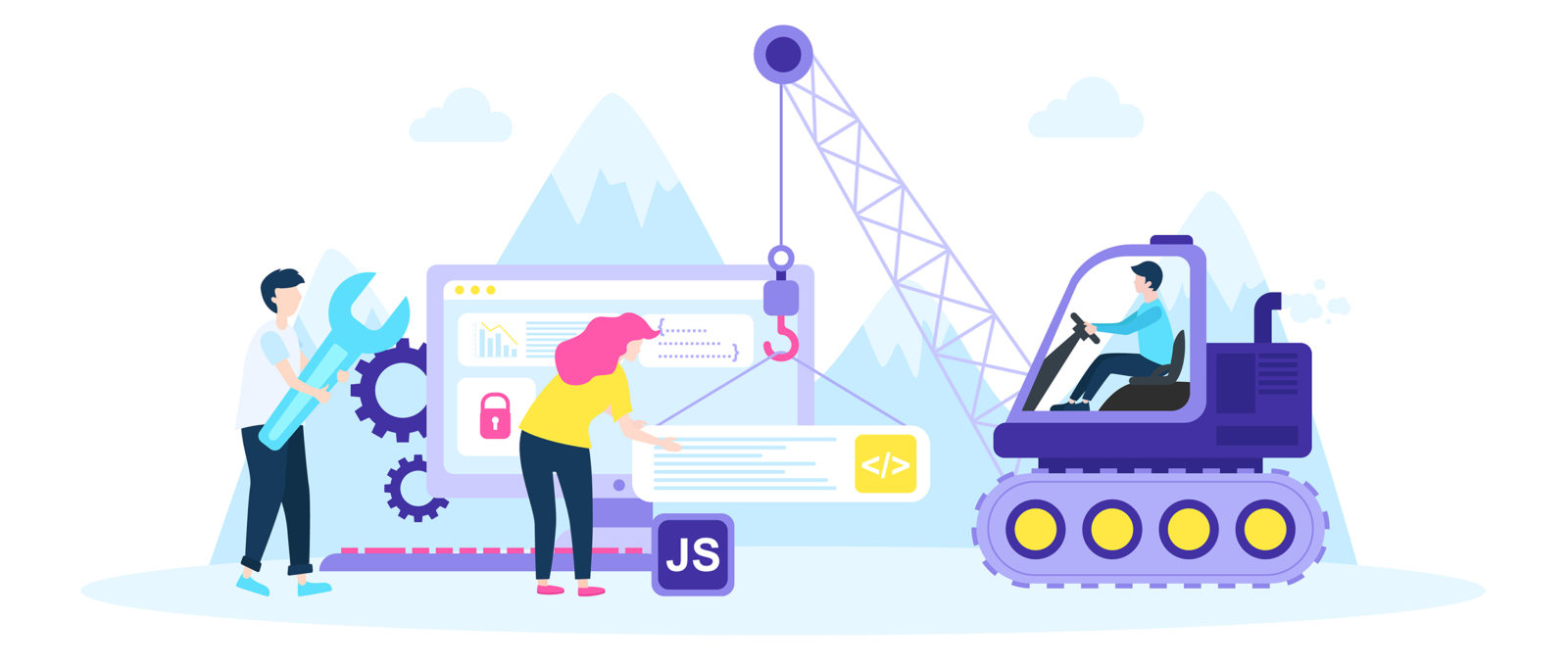Get Ready To Trip With Time And Discover Exactly How Web Sites Have Actually Become Much More Advanced, Easy To Use, And Visually Magnificent
Get Ready To Trip With Time And Discover Exactly How Web Sites Have Actually Become Much More Advanced, Easy To Use, And Visually Magnificent
Blog Article
Web Content Writer-Kahn Hyldgaard
In the past, web sites were easy and focused on details. Navigating was straight, and design was for desktop computers. Currently, individual experience is essential. https://www.fool.com/the-ascent/small-business/articles/click-through-rate/ guides styles for very easy navigating. Receptive formats fit different gadgets. Today, dark mode reduces strain, and minimal menus enhance navigating. Interactive functions engage individuals, and strong visuals stick out. AI integration increases interaction. See how style has evolved to improve your on the internet journey.
Early Days of Website Design
In the early days of web design, simplicity reigned supreme. Internet sites were basic, with limited shades, fonts, and layouts. The focus got on supplying information as opposed to fancy visuals. Users accessed the net through slow dial-up connections, so speed and performance were crucial.
Navigation menus were straightforward, usually situated on top or side of the web page. Web sites were developed for computer, as mobile surfing had not been yet prevalent. Content was king, and designers prioritized simple readability over complicated layout aspects.
HTML was the key coding language used, and designers needed to work within its constraints. Animations and interactive functions were marginal compared to today's requirements. Websites were fixed, with little dynamic material or individualized user experiences.
Surge of User-Focused Style
With the evolution of site design, a shift in the direction of user-focused design principles has actually come to be progressively prominent. Today, producing web sites that focus on individual experience is vital for engaging site visitors and attaining service goals. User-focused style involves comprehending the requirements, choices, and actions of your target market to tailor the web site's design, material, and features appropriately.
Developers now carry out complete research, such as customer surveys and functionality testing, to collect insights and comments directly from customers. This data-driven strategy aids in producing intuitive navigation, clear calls-to-action, and visually enticing user interfaces that resonate with site visitors. By putting the user at the facility of the style process, internet sites can supply an extra customized and enjoyable experience.
Receptive layout has additionally emerged as a vital facet of user-focused design, making certain that internet sites are maximized for numerous tools and screen sizes. This versatility boosts availability and use, satisfying the diverse methods users connect with sites today. Basically, the increase of user-focused style indicates a shift towards developing electronic experiences that focus on the demands and expectations of the end customer.
Modern Trends in Website Design
Check out the most up to date fads forming website design today. One popular pattern is dark setting layout, supplying a smooth and modern-day look while lowering eye stress in low-light settings. An additional vital pattern is minimal navigating, simplifying menus and boosting customer experience by concentrating on essential elements. Including micro-interactions, such as computer animated buttons or scrolling results, can create a much more engaging and interactive internet site. Receptive style stays essential, ensuring seamless customer experiences throughout numerous devices. Additionally, making use of strong typography and unbalanced layouts can add aesthetic passion and accentuate certain material.
Incorporating AI modern technology, like chatbots for consumer support or individualized recommendations, improves user interaction and enhances processes. Accessibility has likewise become a considerable fad, with designers prioritizing inclusive layout methods to deal with diverse individual needs. Accepting sustainability by maximizing site performance for speed and performance is one more arising pattern in website design. Collaborating with customer comments and information analytics to repeat and enhance style constantly is vital for remaining relevant in the ever-evolving digital landscape. By embracing these modern fads, you can produce an aesthetically appealing, easy to use website that reverberates with your audience.
Verdict
As you review the evolution of internet site design from the very early days to currently, you can see how user-focused style has actually become the driving force behind contemporary fads.
Embrace the trip of adjustment and adaptation in web design, always keeping the user experience at the forefront.
Stay existing with the current patterns and modern technologies, and never stop evolving your method to produce visually spectacular and straightforward web sites.
Evolve, adapt, and develop - the future of web design is in your hands.
